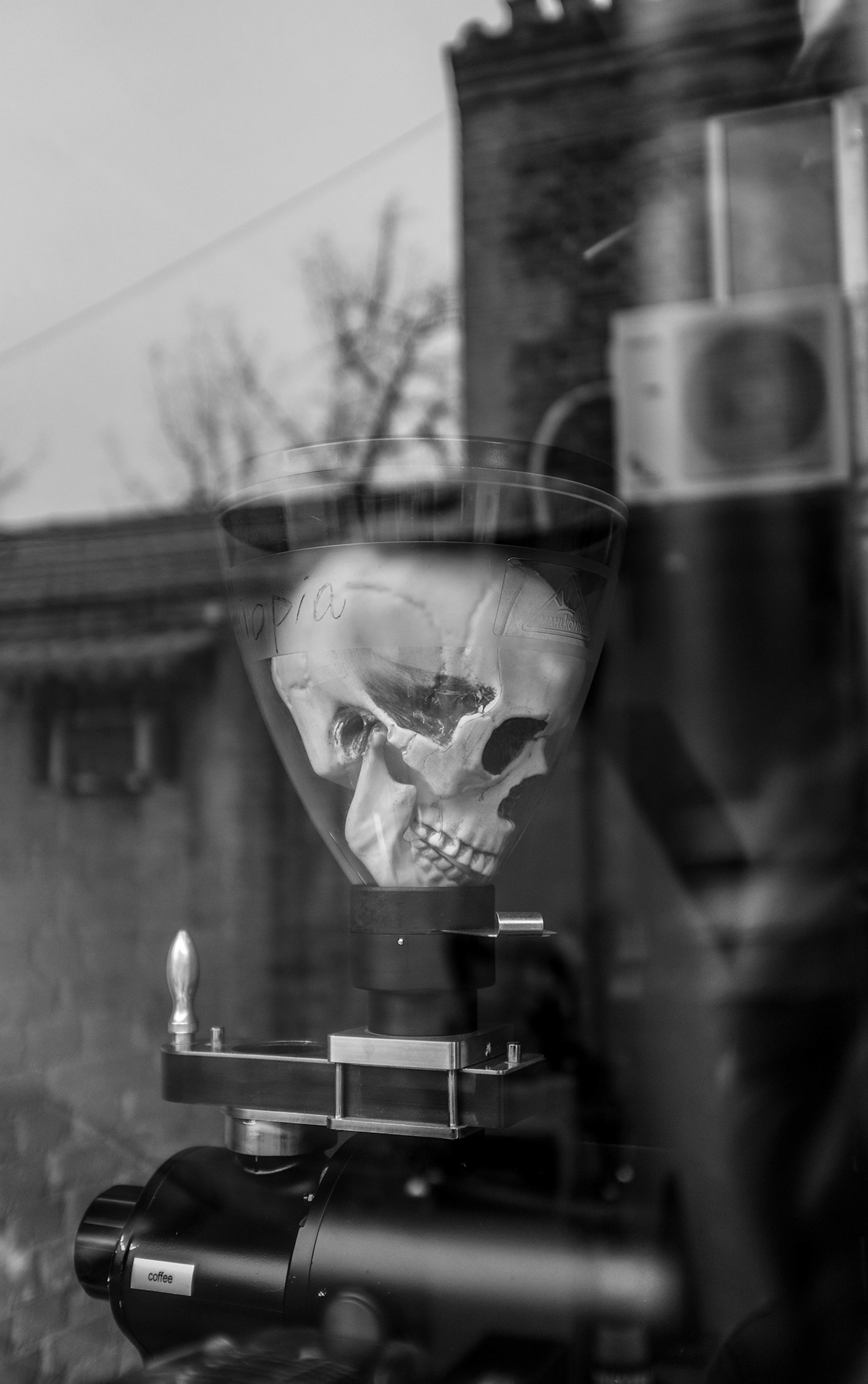
Danielle Kurin works at the University of California, Santa Barbara, as an assistant professor of anthropology. With expertise in osteology, human evolution, bioarchaeology, and forensics, she teaches graduate and undergraduate courses in the Department of Anthropology, runs the Phillip Walker Bioarcheology Lab, and engages in field research in the Andes, particularly in Peru. In addition to her expertise, Danielle Kurin has significant experience analyzing human bones and remains.
Bone analysis is in the purview of forensic anthropology, a branch of physical anthropology. Forensic anthropologists are skilled in analyzing hard tissues of the body, such as bone, and using the data from the analysis to answer critical questions like the cause of death and age of the human.
Some bone analytical techniques in forensic anthropology focus on identifying the stage of growth and development of a bone sample. The result identifies the human as a child or adult. By examining the waist bones, forensic anthropologists can identify gender.
An analysis of a bone for perimortem injury can help identify the cause of death. Perimortem injuries are injuries that occur around the time of death. Subject to analysis, bullet holes and unhealed fractures are potential perimortem injuries. Bone analysis can also help investigate the diet and some routine activities of the deceased.


